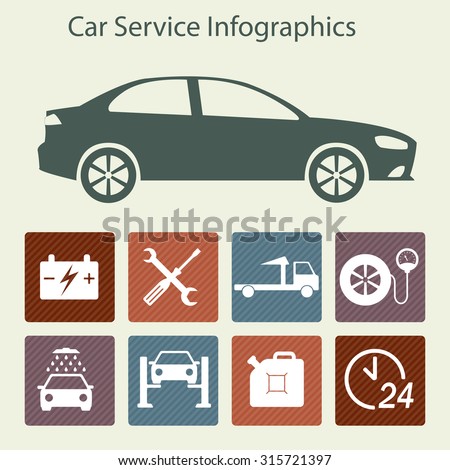Translating Your Car'S Alert Lights: Their True Ramifications
Translating Your Car'S Alert Lights: Their True Ramifications
Blog Article
Post By-Hartley Corbett
When you lag the wheel, those radiant warning lights on your control panel can be a little bit difficult. Do you know what they're trying to tell you concerning your auto's health and wellness? Recognizing the significance of these lights is essential for your safety and security and the longevity of your automobile. So, the following time one of those lights turns up, wouldn't you want to analyze its message precisely and take the needed steps to address it?
Common Warning Lighting and Interpretations
Identify common warning lights in your car and understand their significances to make sure secure driving.
One of the most normal warning lights include the check engine light, which signifies concerns with the engine or emissions system. If this light begins, it's critical to have your automobile inspected promptly.
The oil stress advising light indicates low oil pressure, calling for instant focus to avoid engine damages.
Look At This flashing battery light may recommend a damaged billing system, potentially leaving you stranded if not resolved.
The tire pressure monitoring system (TPMS) light signals you to reduced tire pressure, impacting vehicle stability and gas performance. Overlooking this might result in hazardous driving problems.
The abdominal light indicates a problem with the anti-lock braking system, endangering your ability to stop quickly in emergency situations.
Last but not least, the coolant temperature level warning light warns of engine getting too hot, which can lead to severe damage otherwise settled swiftly.
Understanding these common caution lights will certainly assist you attend to problems immediately and preserve risk-free driving problems.
Significance of Prompt Attention
Understanding the typical caution lights in your auto is only the first step; the value of immediately attending to these warnings can't be emphasized enough to ensure your safety and security when traveling.
When a warning light illuminates on your control panel, it's your car's method of communicating a potential concern that requires interest. Neglecting these cautions can result in much more extreme troubles down the road, compromising your security and potentially costing you much more out of commission.
Motivate attention to warning lights can avoid failures and mishaps. For instance, a blinking check engine light can suggest a misfire that, if left ignored, could trigger damage to the catalytic converter. Addressing this quickly can save you from a costly repair service.
Likewise, visit the following website page warning light could signify reduced brake fluid or worn brake pads, critical elements for your safety and security when driving.
Do It Yourself Troubleshooting Tips
If you discover a caution light on your control panel, there are a couple of DIY fixing pointers you can try before looking for specialist help.
The very first step is to consult your auto's guidebook to understand what the certain warning light shows. Occasionally the issue can be as simple as a loosened gas cap activating the check engine light. Tightening up the gas cap may deal with the problem.
One more common concern is a low battery, which can set off numerous alerting lights. Checking the battery links for deterioration and guaranteeing they're safe could take care of the issue.
If a warning light lingers, you can try resetting it by separating the automobile's battery for a couple of minutes and then reconnecting it. Additionally, examining your lorry's liquid degrees, such as oil, coolant, and brake liquid, can help fix cautioning lights connected to these systems.
Verdict
To conclude, understanding your car's caution lights is important for keeping your vehicle running smoothly and safely. By without car cleaning nz resolving these alerts and understanding what they suggest, you can avoid pricey repair work and possible break downs.
Bear in mind to consult your car's handbook for certain information on each advising light and act as necessary to guarantee a trouble-free driving experience.
Keep informed, stay safe when driving!
